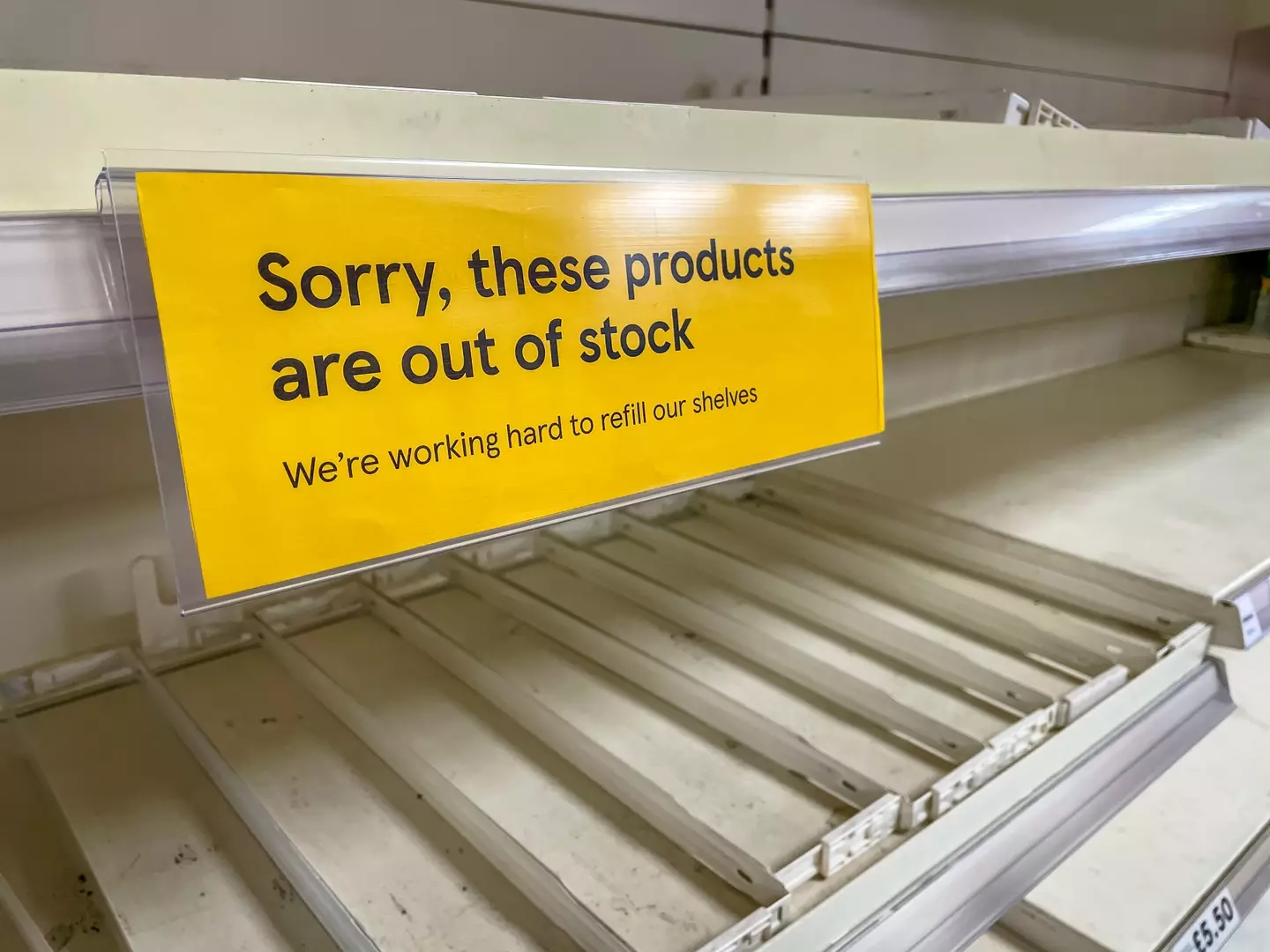
It’s only relatively recently in human history that we’ve enjoyed food abundance in the developed world. In the UK, the advancement of food availability between 1900 and 1950 was already reaping huge public health benefits as malnutrition and hunger became increasingly uncommon.
That means that widespread food scarcity in the developed world is still very much within living memory, and that isn’t only down to food rationing during the Second World War.
Nowadays, many of us are fortunate enough to never have encountered a famine, such that the idea of having no available food is nigh-inconceivable.

Advert
Sadly, that isn’t the case - and social and financial issues are just one part of the picture, with some people living in ‘food deserts’. Those are defined as places where people have limited access to nutritious and affordable food, and they’re more common in developed countries than you might.
The issue appears particularly pronounced in the US, with the US Department of Agriculture (USDA) defining those communities as ‘low-income, low-access’. Low-income refers to a poverty rate of at least 20% within those communities, or a medium family income falling below 80% of the local average.
Low-access refers to having 500 or more people living in an urban area that’s over a mile away from the nearest supermarket. For rural areas, it refers to a 10 mile distance between such communities and a supermarket. People living in poverty are less likely to have access to transport too, exacerbating the challenge of sourcing nutritious food.
It’s estimated that these metrics apply to around 19 million Americans. In other words, they don’t have reasonable local access to a superstore, supermarket, or large grocery store stocking fresh produce, kitchen staples, and essential proteins - and the lack of access means people turn to cheaper, less healthy options that might keep longer, excess consumption of which can lead to higher rates of obesity, diabetes, and cardiovascular disease.
Advert
On top of that, many of these same communities are also in pharmacy deserts, meaning those living in the area have limited access to medications for things like high blood pressure and Type 2 diabetes, further exacerbating the issue and creating a vicious cycle.
Back in 2008, the USDA mapped food deserts around the US and found they disproportionately applied to Black and Hispanic communities.
Per The Charlotte Observer, studies into food deserts in Hartford, Connecticut – with a mean average income of $45,300 (£33,000) between 2019 and 2023 – found that food accessibility is most concentrated in predominantly white communities, with large grocery stores becoming less common in the city’s low-income neighbourhoods.

Advert
It’s a problem that’s been growing in the background for decades, with 11 of 13 supermarket chains leaving Hartford between 1986 and 1984. That 85% reduction has been compounded by further store closures in more recent times
With 18.8 million people living in a US food desert according to the USDA, it seems Hartford’s supermarket availability is reflected in communities across the nation.
